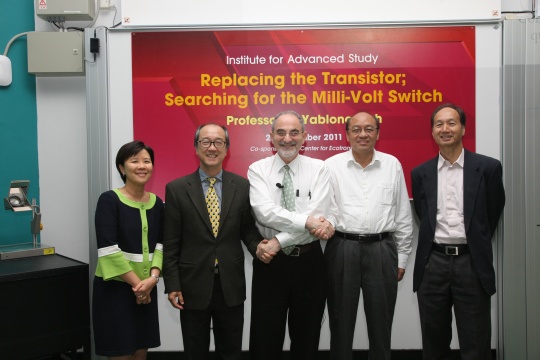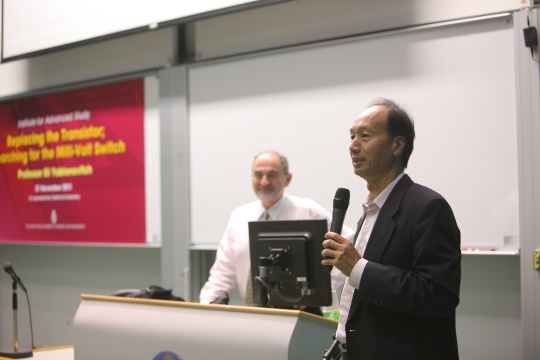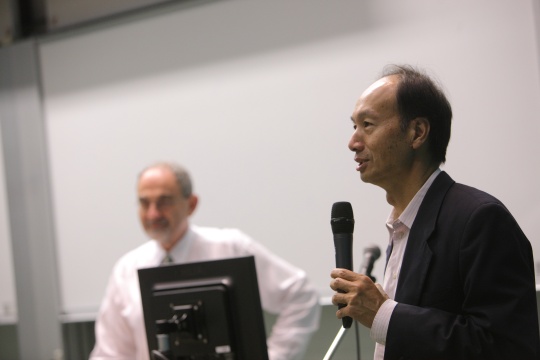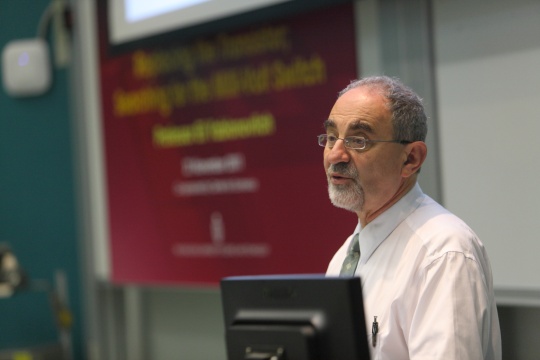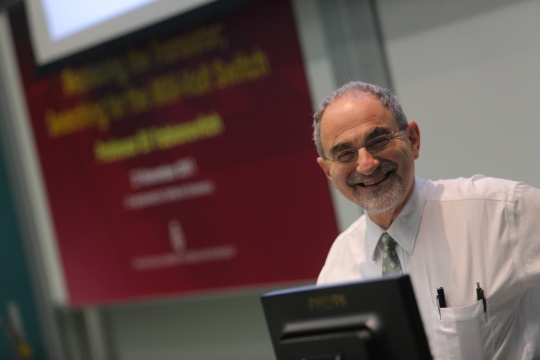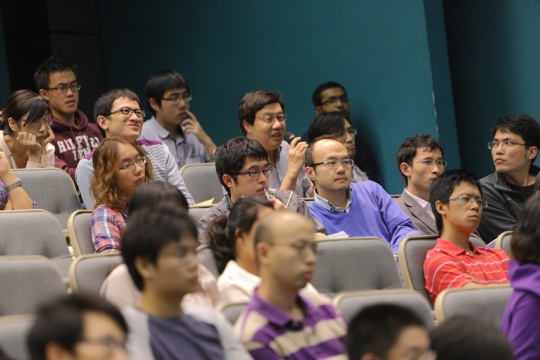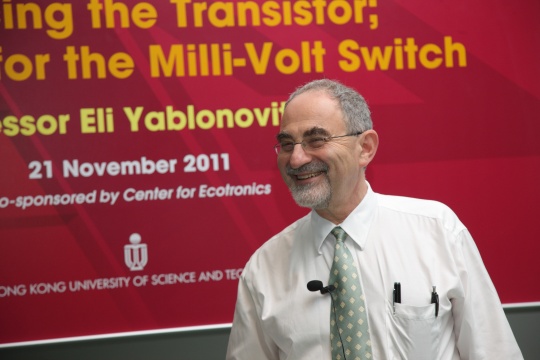Replacing the Transistor; Searching for the Milli-Volt Switch
Abstract
In contemplating the headlong rush toward miniaturization represented by Moore's Law, it is tempting to think only of the progression toward molecular sized components. There is a second aspect of Moore's Law that is sometimes overlooked. Because of miniaturization, the energy efficiency of information processing steadily improves. We anticipate that the energy required to process a single bit of information will eventually become as tiny as 1 electron volt per function, truly indeed a molecular sized energy. Inevitably, most logic functions including storage, readout, and other logical manipulations, will eventually be that efficient.
However there is one information-processing-function that bucks this trend. That is communication, especially over short distances. Our best projections, of improvements in the short distance communication function, show that it will still require hundreds of thousands of electron volts just to move one bit of information the tiny distance of only 10 micrometers. Why this energy per bit discrepancy for communications? It is caused by the difference in voltage scale between the wires and the transistor switches. Transistors are thermally activated, leading to a required voltage >>kT/q. Wires are long, and they have a low impedance, allowing them to operate efficiently even at ~1 millivolt.
The challenge then is to replace transistors with a new low-voltage switch that is better matched to the wires. The speaker will present some of the technical options for such a new switch.
About the speaker
Prof. Eli Yablonovitch received his PhD in applied physics from Harvard University in 1972. He has worked at Bell Telephone Laboratories, Exxon and Bell Communications Research, where he was Director of Solid-State Physics Research and began his work in photonic crystals. Before joining University of California at Berkeley in 2007, where he is currently James & Katherine Lau Chair in Engineering, Prof. Yablonovitch had also taught at Harvard University and University of California at Los Angeles. Prof. Yablonovitch's work has covered a broad variety of topics: nonlinear optics, laser-plasma interaction, infrared laser chemistry, photovoltaic energy conversion, strained-quantum-well lasers, and chemical modification of semiconductor surfaces. Currently his main interests are in optoelectronics, high speed optical communications, high efficiency light-emitting diodes and nano-cavity lasers, photonic crystals at optical and microwave frequencies, quantum computing and quantum communication. In 2003, Prof. Yablonovitch was elected member of both the US National Academy of Engineering and US National Academy of Sciences. He is also a Fellow of the Institute of Electrical and Electronic Engineers, the Optical Society of America, and the American Physical Society. He has been awarded the Adolf Lomb Medal, the W. Streifer Scientific Achievement Award, the R.W. Wood Prize, and the Julius Springer Prize.

